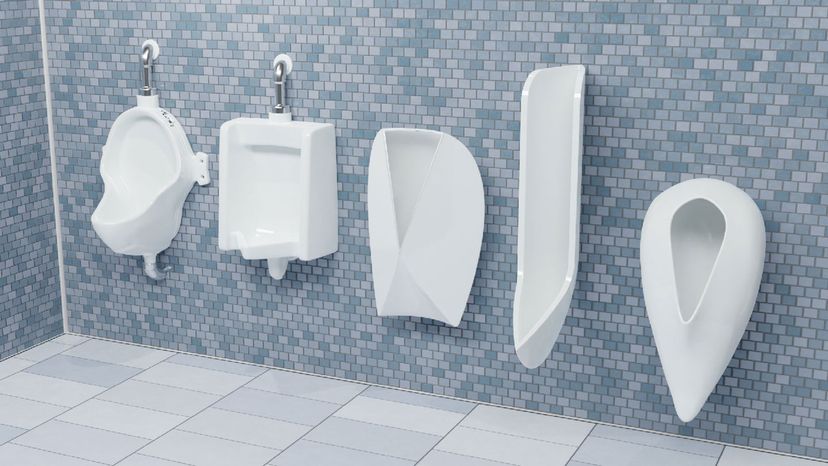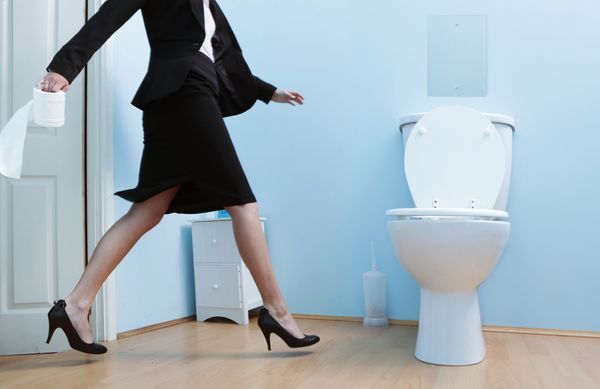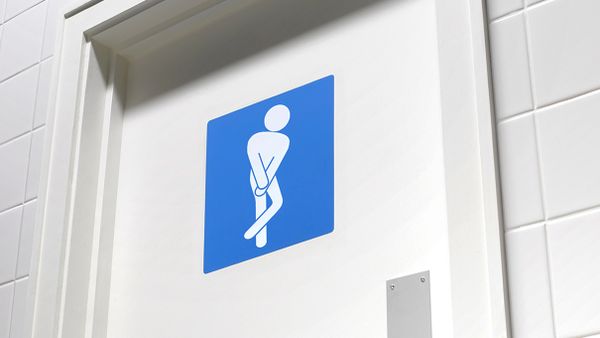While it may seem simple, there is in fact quite a bit of physics involved in urinal design. The slope and angle of the porcelain, plus the height of the person using it and the force of the stream all dictate whether splashing happens. When the University of Waterloo team used dyed water and a mock ureter to simulate the use of a standard urinal, they saw significant splashing. Those drops would have ended up all over people's legs and feet and the bathroom floor.
"Most of us do realize that droplets are being spread, but probably don't realize how bad it is," says Thurairajah. "This is partly due to the fact that sticky floors are the result of multiple trips, and also the biases in our head; clearly the mess is others' and not myself."
In reality, unless it's been recently and thoroughly cleaned, the average bathroom is absolutely covered in droplets.
To solve the problem, the scientists focused on one splash factor, says Thurairajah, called "impinging angle." In other words, the angle at which the stream and the porcelain meet. They found that, below 30 degrees, there was no splash. "Thus, we called this a critical angle," he says. "We wanted a curve which always intersects the trajectory at this angle. This is the same curve as a nautilus shell."



